Asrock Z97 Extreme 4 Motherboard Review: Bang-for-Buck Beast
Subsystem and Gaming Benchmarks
Six SATA ports are provided by the Intel Z97 chipset (left), and two more are from an ASMedia ASM1061 controller (right).
Six USB 3.0 ports onboard (two rear, two via header) are provided by the Intel Z97 chipset (left) and two more in the rear IO are provided by an ASM1042AE controller (right).
On-board Audio
Before proceeding with audio benchmarks, Deferred Procedure Call latency must be first checked to make sure that the system is capable of producing useable results when the Rightmark Audio Analyzer benchmark was run. DPC is a Windows function that involves prioritizing tasks within the OS and high DPC latencies can be caused by several things including hardware device conflict. The DPC Latency Monitor graphically displays the latency level of the system in real time. We’ve changed to DPC latency monitor as opposed to DPC latency checker as admitted by the developer, the DPC Latency checker application incorrectly displays values with Windows 8.1.
After leaving the system running for 9 minutes, the highest measured interrupt to process latency was 153.35. Now we can run RightMark Audio Analyzer tests using a short 3-inch 3.5mm audioloop cable that goes in the rear line-in and line-out ports for a loopback test to objectively test internal audio performance. The highest 24-bit 48kHz, 96kHz and 192kHz settings were used.
| 24-bit, 48 kHz | ||
| Frequency response (from 40 Hz to 15 kHz), dB |
+0.23, +0.12
|
Excellent
|
| Noise level, dB (A) |
-103.2
|
Excellent
|
| Dynamic range, dB (A) |
103.0
|
Excellent |
| THD, % |
0.011
|
Good
|
| THD + Noise, dB (A) |
-76.7
|
Average
|
| IMD + Noise, % |
0.012
|
Very good
|
| Stereo crosstalk, dB |
-94.4
|
Excellent
|
| IMD at 10 kHz, % |
0.030
|
Good
|
| General performance |
Very good
|
|
| 24-bit, 96 kHz | ||
| Frequency response (from 40 Hz to 15 kHz), dB |
+0.23, +0.11
|
Excellent
|
| Noise level, dB (A) |
-104.0
|
Excellent
|
| Dynamic range, dB (A) |
103.0
|
Excellent |
| THD, % |
0.011
|
Good
|
| THD + Noise, dB (A) |
-76.9
|
Average
|
| IMD + Noise, % |
0.012
|
Very good
|
| Stereo crosstalk, dB |
-93.3
|
Excellent
|
| IMD at 10 kHz, % |
0.030
|
Good
|
| General performance |
Very good
|
|
| 24-bit, 192 kHz | ||
| Frequency response (from 40 Hz to 15 kHz), dB |
+0.21, +0.04
|
Very good
|
| Noise level, dB (A) |
-103.8
|
Excellent
|
| Dynamic range, dB (A) |
103.7
|
Excellent
|
| THD, % |
0.011
|
Good
|
| THD + Noise, dB (A) |
-76.7
|
Average
|
| IMD + Noise, % |
0.012
|
Very good
|
| Stereo crosstalk, dB |
-95.1
|
Excellent
|
| IMD at 10 kHz, % |
0.028
|
Good
|
| General performance |
Very good
|
|
Network Connectivity
Network testing was conducted with a 4-port Cisco E3200 Gigabit Dual-Band Wireless N router and a pair of 10-ft long Cat5E cables connecting the server PC and the test motherboard. The server system is running an Intel Core i7-3960X processor on an ASUS P9X79 WS motherboard with an Intel 82574L Gigabit LAN Controller. Interrupt Moderation was disabled.
Gaming Tests
Futuremark’s 3DMark is a semi-synthetic gaming benchmark that calculates both graphics and CPU-bound physics in a controlled series of tests and provides scores that can be compared with other gaming platforms.
A gaming test at the lowest resolution was performed instead of a “real-world” test. CPU performance difference can be gauged due to the reduced reliance on the discrete GPU at those low levels.
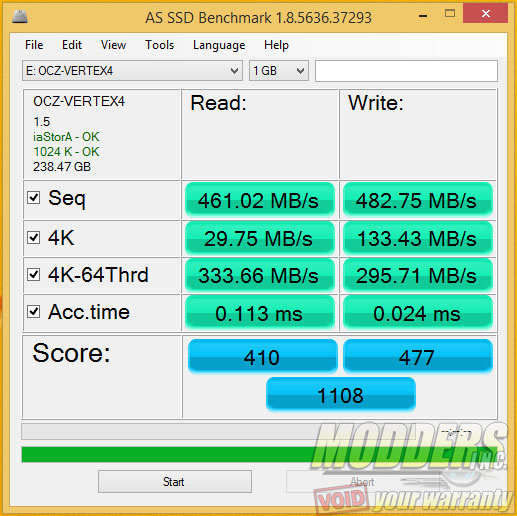
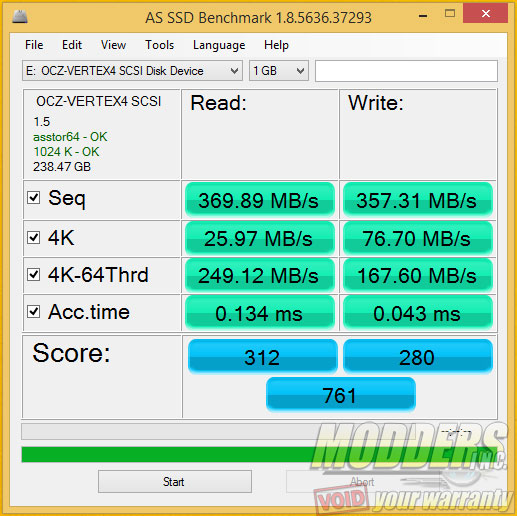
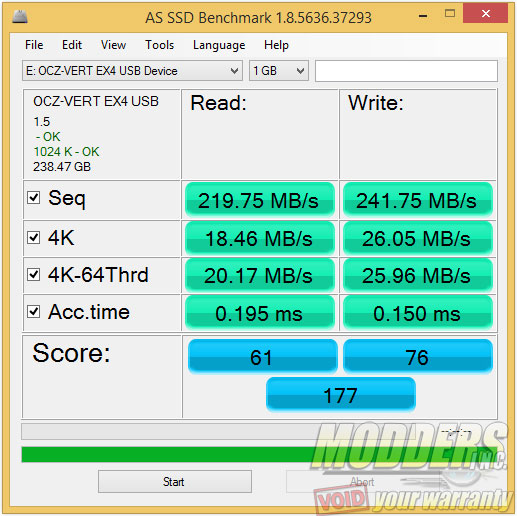
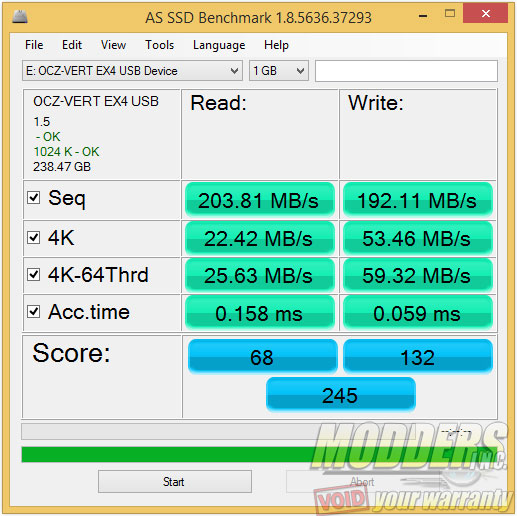

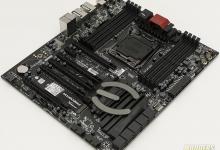
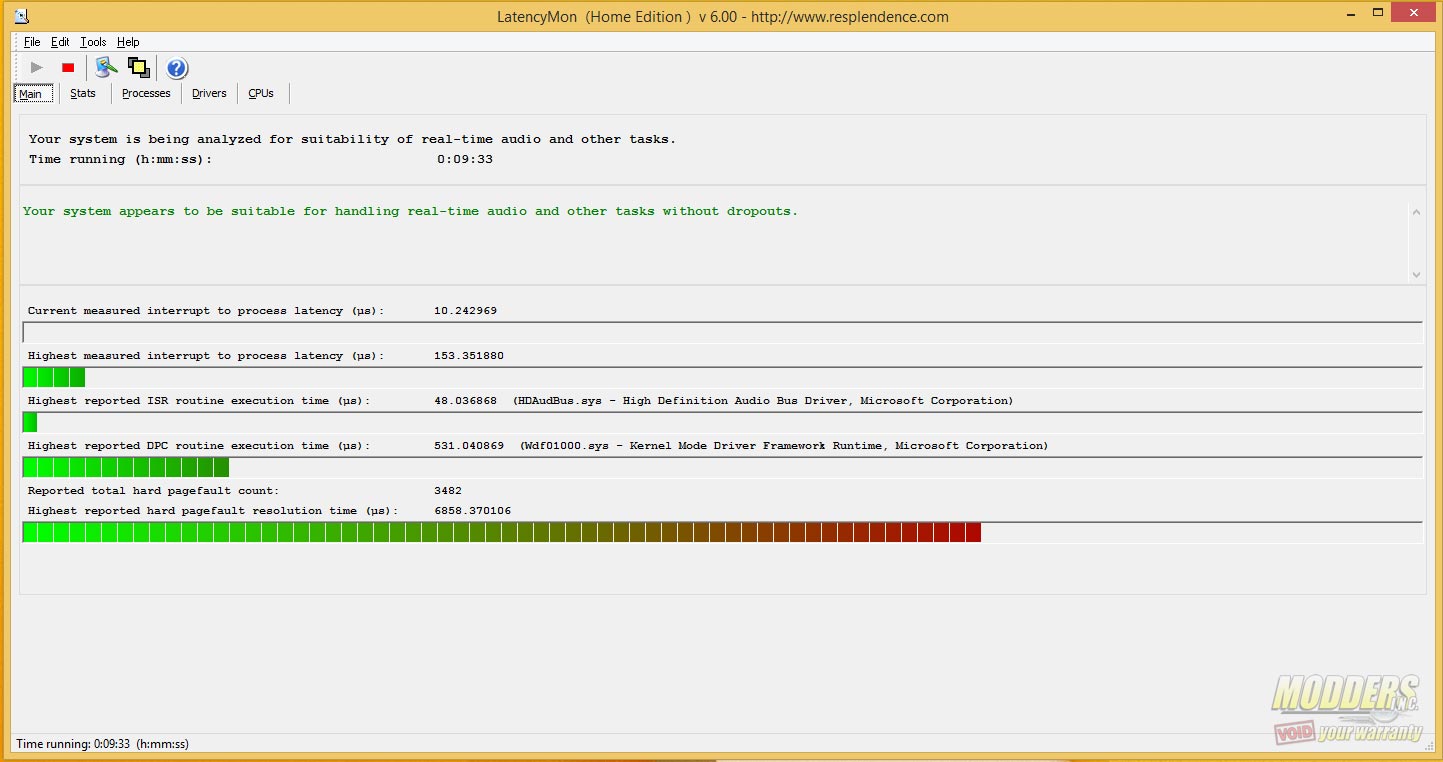
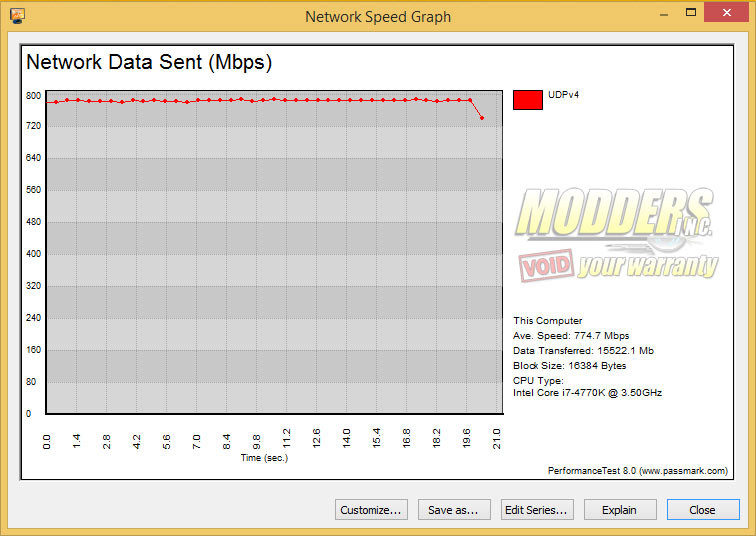
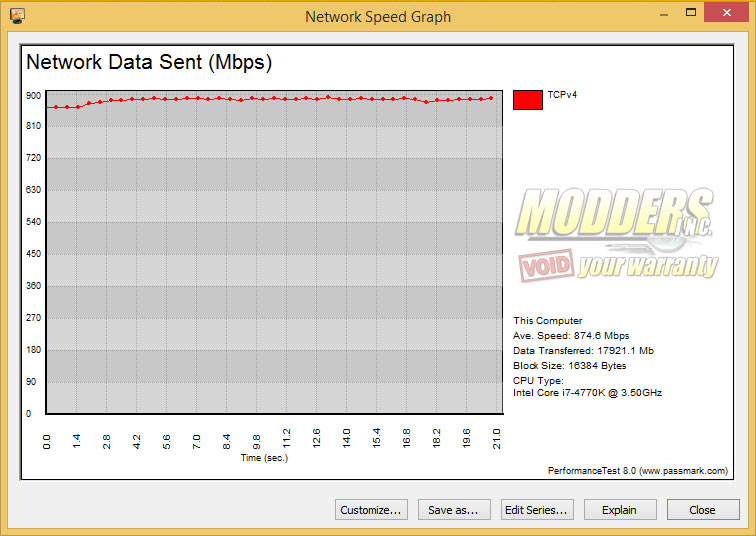
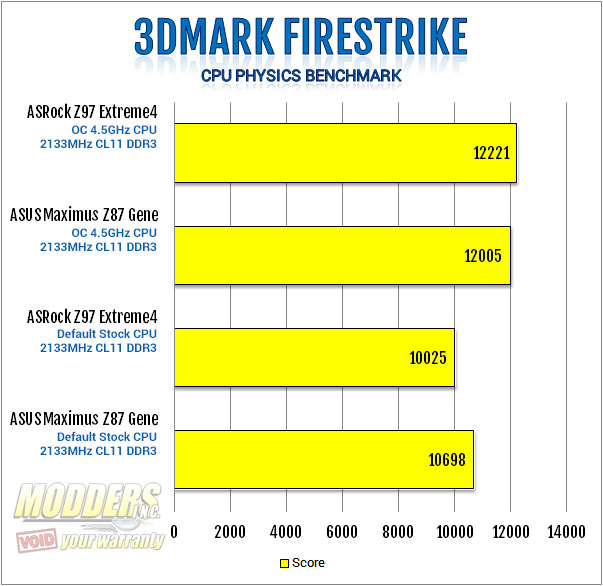

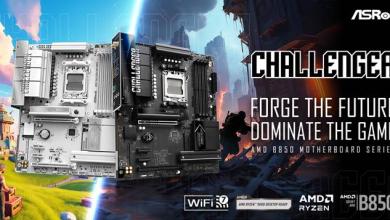
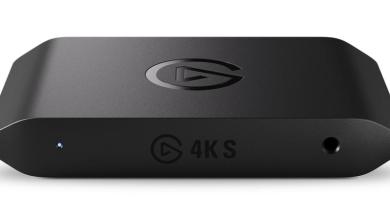
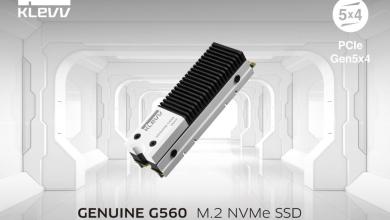


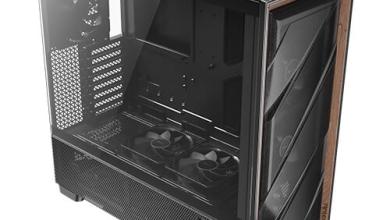

Great review Ron, thanks.
Thanks for reading Bob. :)